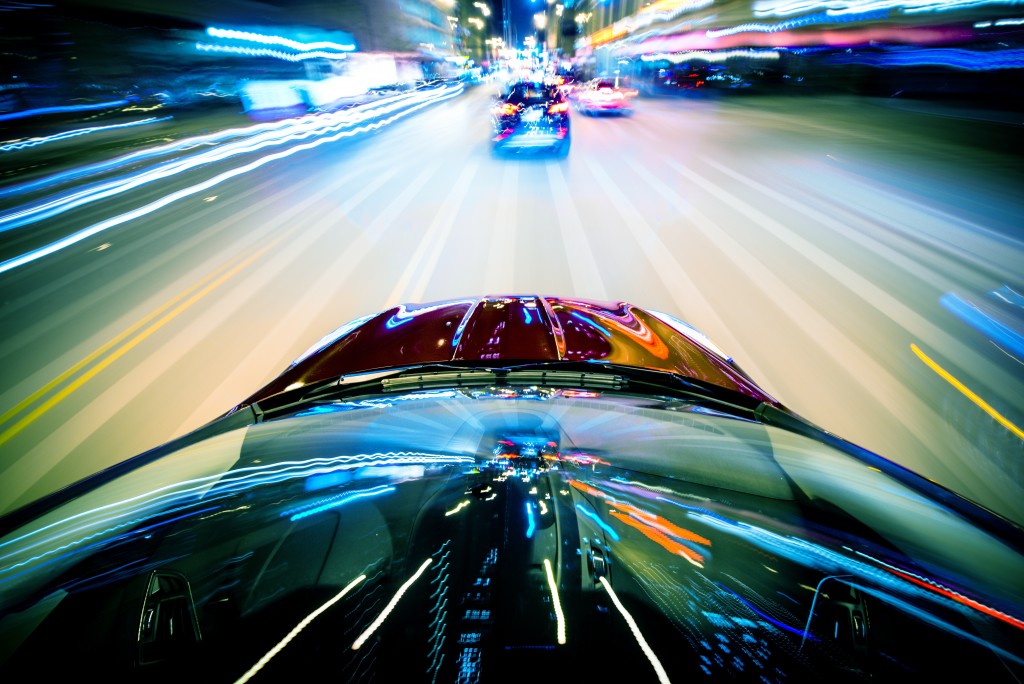It seems evident that speeding remains the top cause of fatal car accidents in Utah. A report by the state’s Department of Safety revealed that from 2012 to 2016, speeding caused 40% of deaths due to car accidents.
There have been countless campaigns all over the state, from Salt Lake City to West Jordan, on the dangers of speeding. Car accident attorneys and road safety officers alike remind people to stick to the speed limit, take note of the road and safety conditions, and always leave earlier than their designated time at work or school.
But, despite best efforts, why do people still drive fast, and why is speeding difficult to prevent?
Why Do People Speed?
People speed for different reasons, and the common ones are:
- Lack of Time: A person could be running late, and they drive aggressively to get around red lights and slower drivers so they can arrive at their destination on time.
- Familiarity: A person may have gotten used to the same route for years, and muscle memory causes them to drive faster.
- Thrill Seeking: This may be driven (pun intended) by the need to belong and improve one’s self-image. Alcohol consumption is typical among thrill-seekers, too, adding to the extent of the accident.
- Road Rage: A person may express their anger and frustration with other drivers, leading to high-speed chases.
- Overconfidence: Psychologists chalk up this reason to optimism bias, with the speed driver believing that they wouldn’t get into an accident because they have years of driving experience.
Why is Speeding Hard to Avoid?

According to Bernice Plant, Ph.D., an assistant lecturer at Monash University’s School of Psychological Sciences, drivers consider speeding—especially a few miles below the speed limit—to be normal.
Pop culture also contributes to normalizing speeding. For example, the children’s animated film “Cars” and the famous “Fast and Furious” series glorify a person’s need for speed.
Another psychological research mentioned that speeding isn’t always a conscious decision. A study in 2015 showed that people have little idea of how fast they’re going, and the need for speed is a continuous decision that changes throughout the drive.
How Can We Prevent Speeding?
The solution to lower speeding incidents, psychologists suggest, is not by adding speed bumps or increasing police patrol presence in an area. Instead, it’s by working with psychologists and making drivers conscious of their propensity for speed.
In Auckland, New Zealand, officials worked with traffic psychologists to add these features in the neighborhood:
Electronic speed feedback signs
These devices notify drivers of their driving speed. Although they can also pick up that information on their dashboards, the external feedback can bring them out of their habit.
Engineering the environment
A 2017 study by Accident Analysis & Prevent showed that houses, landscaping, and sidewalks caused drivers to drive slower, and wide roads prompted them to drive faster. Apart from just posting a speed limit, narrowing roads and adding spaces like community gardens and public areas encourage drivers to slow down.
Speeding is a persistent road safety problem, and the reasons for doing it differs for each driver. In addition to posting public safety ads about the dangers of speeding, enforcing patrol cars, or adjusting speed limits, psychology should come into play in addressing drivers’ subconscious decision to rev up.
